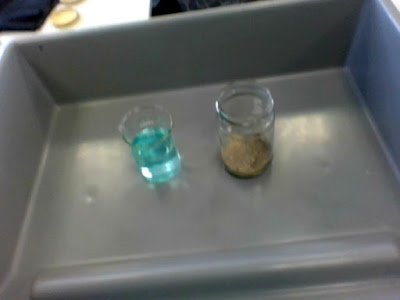Today I did this really fun activity called fact find. Fact find is about researching a new or interesting topic like enviorment and machine.
I decided to research a interesting plant. It is called the 'Hydrnora'. I wanted to reasearch this plant because I wanted to learn new plants and I thought this one was very interesting.The information I need to present is as follows:
1. Introduction
2. 5 facts
3. Media/Images and video
4. Information Sources
My favourite part of doing this activity was the 5 facts because I got learn new facts on the way.
LI:To learn something new





















